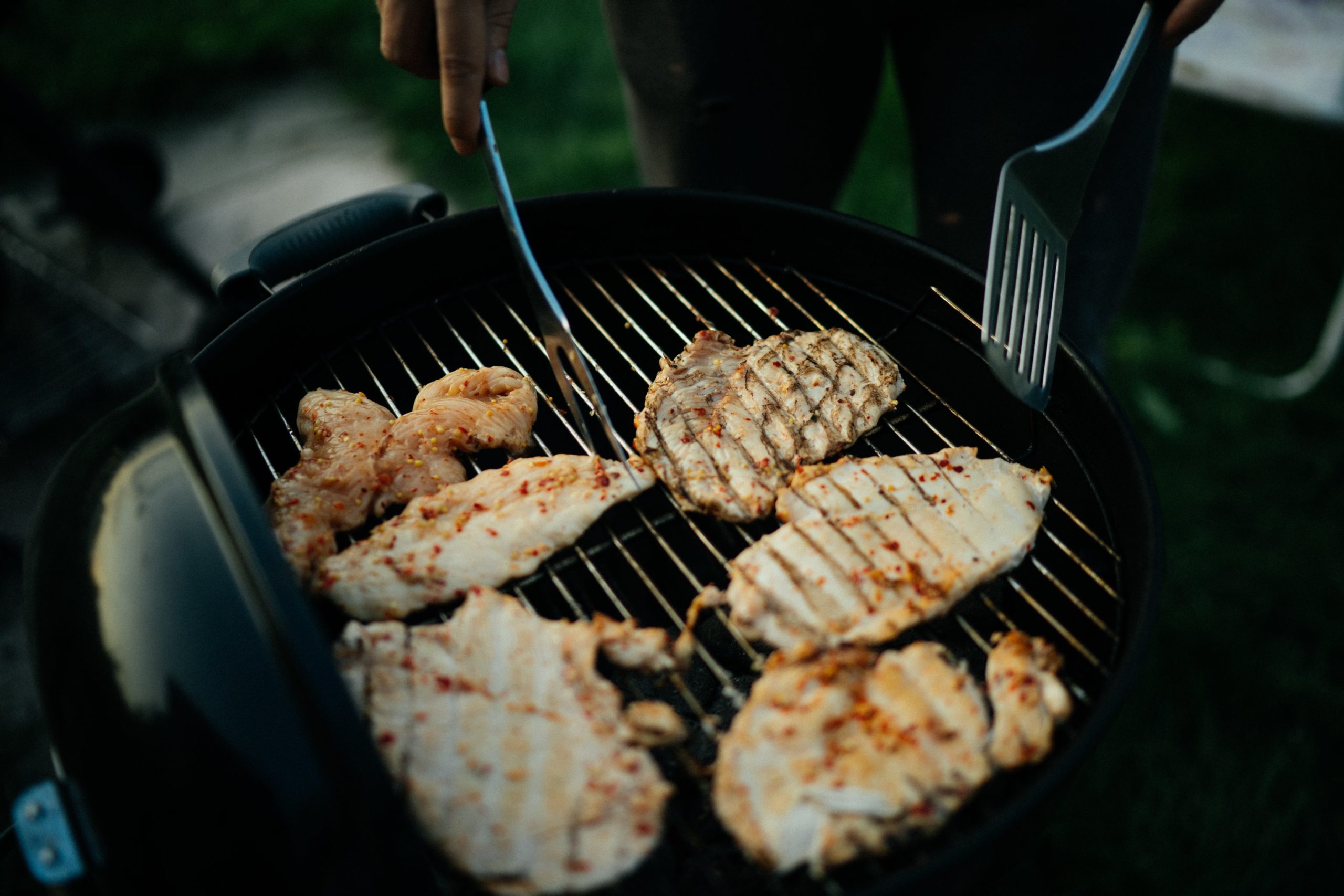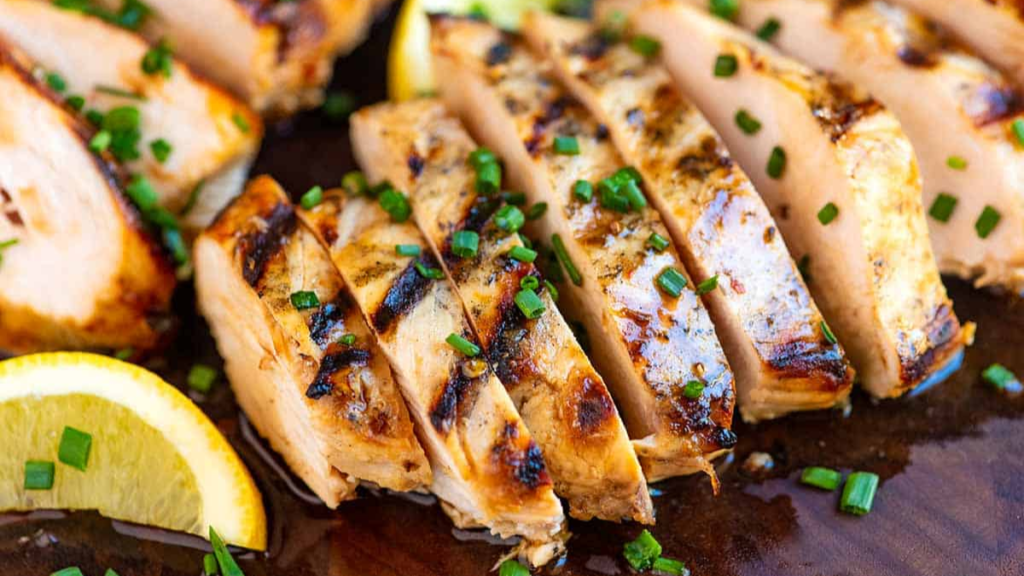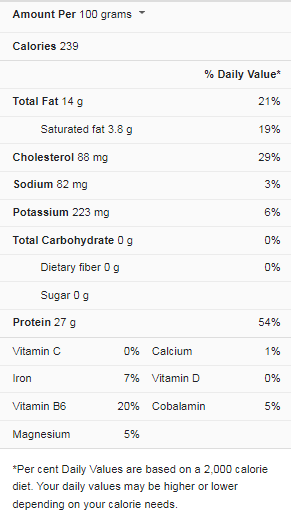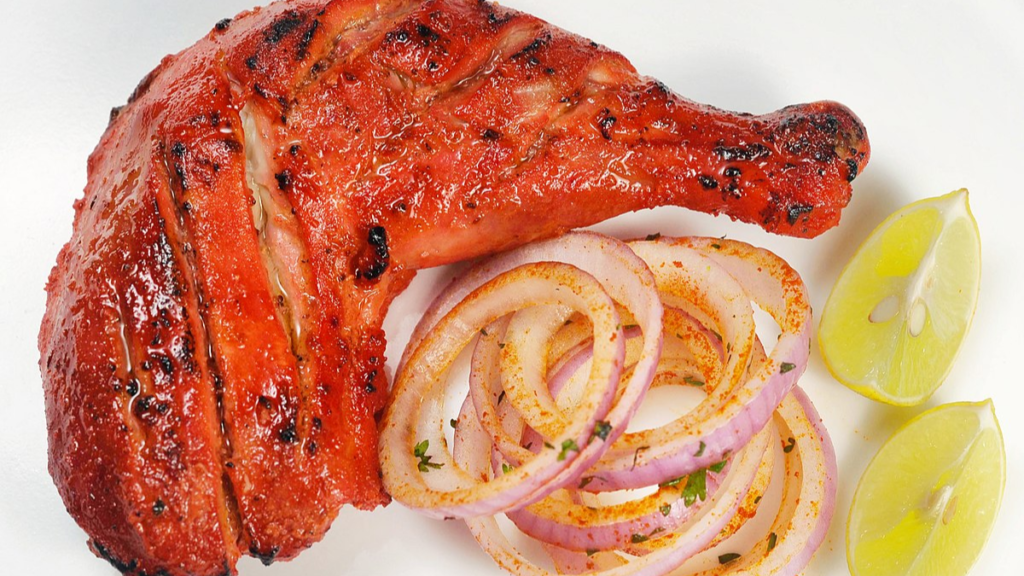There are numerous elements to consider when it comes to the ideal cooking temperature for chicken. While the USDA suggests cooking chicken to a temperature of 165 degrees Fahrenheit, there are other things to consider. Using a meat thermometer is the best way to achieve this temperature. Cook your chicken until it reaches an internal temperature of at least 165 degrees Fahrenheit. The breast flesh will be firm, and the dark meat will be moist.
Chicken Nutrition Facts
The thickness of the meat determines the ideal temperature for cooking chicken. A breast roughly 2 inches thick can be fully cooked in a single hour. In a water bath, you can cook a chicken breast for up to 4 hours. Before baking the chicken, remove the excess fat and dry it to produce the most succulent results. Furthermore, for accurate measurement, you should use a food thermometer. White meat should be at least 150 degrees Fahrenheit, while dark meat should be 175 degrees Fahrenheit.
What Is The Right Temperature For Chicken?
Best Temperature For Cooking Chicken:
- When the internal temperature of the chicken reaches 165°F (75°C), it is done cooking. 165oF is the safe internal temperature for white meat like chicken breasts and wings and dark meat like drumsticks and thighs, regardless of cooking method, cooking temperature, or cut of meat.
- Cooking chicken to an internal temperature of 165°F isn’t just a recommendation; it’s also a matter of food safety, as undercooked chicken can spread salmonella. To avoid foodborne illness, it is critical to ensure that chicken achieves the proper internal temperature.
- Before cooking, bring the meat to room temperature. Individual portions should be left out for 20 minutes, while an entire bird could take up to an hour. Tempering aids in even cooking since it takes less time for the middle of the piece of meat to reach the proper internal temperature if it’s at ambient temperature rather than fridge temperature when you’re ready to cook.
- Are you unsure what temperature your chicken should be at for it to be safe to consume without becoming dry and overdone? The simple answer is 150°F for at least 3 minutes for white meat and 175°F for dark flesh for juicy, thoroughly cooked chicken. Continue reading to learn more about where these figures originate from, as well as tips and strategies for preparing the most incredible chicken possible.
- Due to the increased levels of connective tissue in chicken thighs and all dark meat, they taste better when cooked at a higher temperature—175 to 180 F. Cooking thigh flesh to 165 degrees Fahrenheit will result in chewy, rubbery meat, whereas cooking it to 175 to 180 degrees Fahrenheit will result in tender, juicy meat as the collagen melts and transforms to gelatin.
What Should The Accurate Temperature Of A Cooked Roast Chicken Be?
- Place your thermometer in the thickest section of the bird (for a whole chicken, that would be the breast). When a thermometer reads 180°F (82°C) for a whole chicken or 165°F (74°C) for chicken parts, you know it’s done.
- What Is the Best Temperature for Cooking Chicken Cooking chicken to 165°F (74°C) is recommended by the FDA Food Code. On the other hand, the Pasteurization of chicken functions both temperature and time. You can accomplish the same bacterial decrease as at 165°F (74°C) by holding your chicken at 145°F (63°C) for 8.5 minutes.
- When the chicken is done, remove the tray from the oven and place the chicken on a cutting board to rest for about 15 minutes. Cover it with tin foil and a tea towel and set aside while preparing the gravy.
- Without a thermometer, you may check if a whole chicken is done by cutting into the skin between the body and the leg and thigh to see if it’s still pink. This section takes longer to cook than the breast, so it’s a good measure of how far your chicken has progressed in terms of temperature.
- The ideal cooking temperature for chicken varies depending on the type and size of the bird. Cooking time for larger chicken breasts is 30 minutes. If the breasts are small, cook them for 20 minutes before flipping them. To prevent the tops of large chicken breasts from burning, cover them with foil. Use an instant-read thermometer for cooking chicken. The temperature inside the oven should be 165 degrees Fahrenheit.
Health Benefits Of Chicken
Chicken is high in high-quality proteins and low in fat, especially if you choose lean slices. Chicken includes a variety of nutrients in addition to its high protein level.
Stronger Bones and Muscles
- Chicken is a good source of amino acids because of its lean protein. Amino acids help our bodies develop muscular tissue, which is especially important as we get older. Higher protein consumption has also been demonstrated to help preserve bone mineral density in studies. Chicken consumption can assist in creating more substantial muscles and promote healthier bones, reducing the incidence of injuries and disorders like osteoporosis.
Weight Management and Heart Health
- According to research, eating 25-30 grams of protein per meal can help us feel more satisfied. Protein-rich meals can help us feel fuller even when we eat less, which aids weight management. Reduced risk factors for heart disease, such as high triglyceride levels and high blood pressure, are associated with a healthier weight. Chicken is a high-protein food that can help you lose weight and lower your risk of heart disease.
Fairly High Protein Content
- Chicken breast is one of the most refined protein foods, according to the USDA FoodData Central, with 14.73 grams of protein per 100 grams. Protein is an essential component of our diet, and it’s made up of amino acids, the building blocks of our muscles. In general, 1 gram of protein for 1 kilogram of body weight, or 0.4 g of protein per pound of body weight, is the daily protein requirement. Athletes’ protein requirements range from 0.6 to 0.9 g per pound per day.
Rich in Vitamins & Minerals
- It’s not only high in protein, but it could also be high in vitamins and minerals. B vitamins, for example, aid in energy generation and the formation of healthy red blood cells.
- Chicken contains vitamin D, which aids calcium absorption and bone health, and vitamin A aids in the development of eyesight and is beneficial to the immune system. Minerals like iron can help with hemoglobin production, muscle activity, and anemia prevention. Electrolytes like potassium and sodium can help with fluid balance, while phosphorus can help with weakness, bone health, brain function, dental care, and metabolic disorders.
May Control Blood Pressure
- Blood pressure is a disorder that can go unnoticed but significantly impacts your overall health. A balanced diet and lifestyle habits are the most significant ways to control it. Collagen extracts from chicken were significantly lower blood pressure in a 2008 animal study. According to a Harvard Medical School analysis, including two chicken meals per week in your diet can be a healthy decision when combined with other suggestions.
Chicken is one of the most widely consumed meats worldwide, and it’s a white meat that may be prepared in various ways and can be found practically anywhere. Have you ever considered the health benefits of adding chicken to your diet, even though you’ve enjoyed it in many forms and have some favorites? Here are some of the top health benefits of chicken that you might be surprised to learn about.
Temperature and cooking time are inextricably connected. Chicken breasts may be thoroughly cooked in about one hour at 375 degrees Fahrenheit. While the actual cooking time varies depending on the thickness of the chicken breast, it’s crucial to make sure the chicken is thoroughly cooked. A chicken breast must have an internal temperature of at least 165 degrees Fahrenheit for white meat and 173 degrees Fahrenheit for dark meat.
Conclusion
The thickness of the breast should be used to determine the cooking temperature for the chicken. A large breast should be baked for at least 30 minutes in most cases. Cover the chicken with foil after the first 20 minutes to prevent burnt edges. Cut a slit in the thickest section of the chicken to prevent it from overcooking. An instant-read thermometer is the best approach to check a chicken’s internal temperature.
It’s critical to cook your chicken to the appropriate temperature to ensure it’s safe to eat. On the outside of the raw chicken, dangerous microorganisms can be found. It is critical to cook the chicken to the proper temperature, regardless of its size. It’s also vital to note that the chicken’s internal temperature must be 165 degrees F for the meat to be safe to eat. When you cook your chicken at the proper temperature, you reduce your risk of contracting foodborne illnesses.




